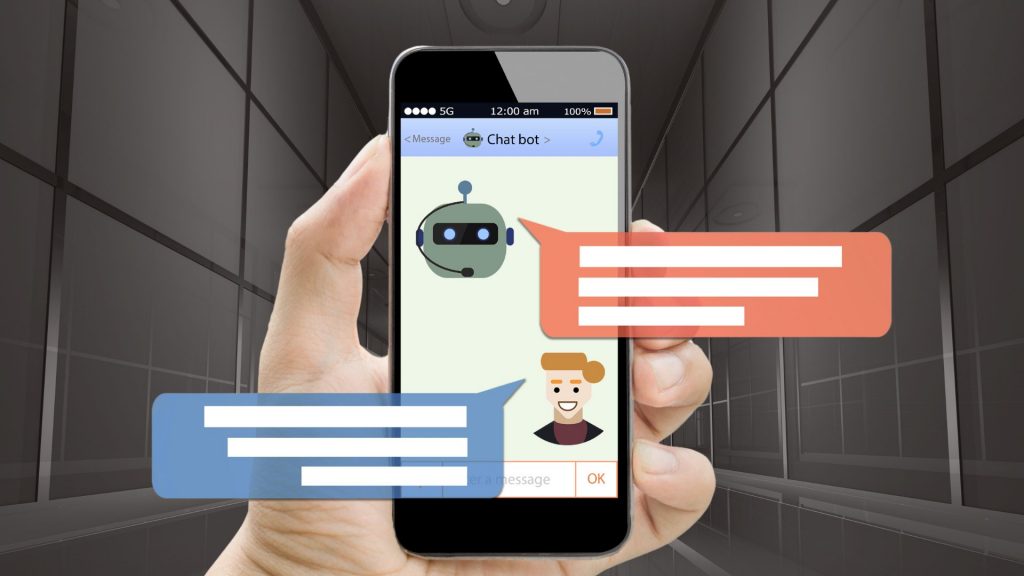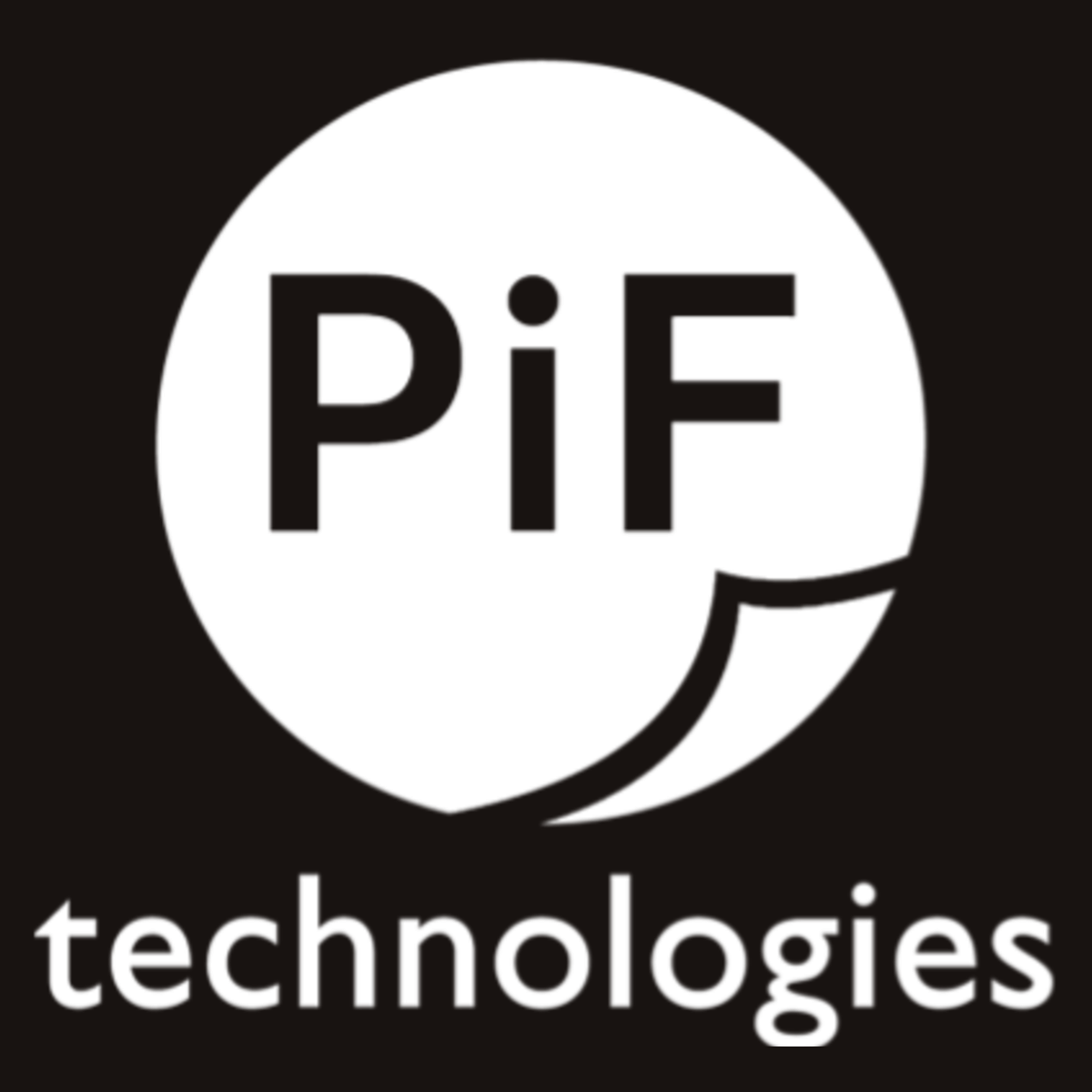"I'm interested in AI but I don't know where to start!"
As a business leader, you’ve likely had this exact thought. Artificial Intelligence (AI) is omnipresent and practically inescapable, it seems to be a news item on a daily basis, and it’s woven into just about every software application people use. The challenge is, most organizations don’t know the practical business applications for AI, and because of this choose to not do anything at all. This inaction puts businesses at risk of being surpassed by competitors in their sector that have taken the initiative to gain an understanding of Artificial Intelligence and its capabilities.
Artificial Intelligence is a broad term that covers multiple functions and use cases, and typically it is its extensive capabilities that make investing in a solution so challenging. We’ve identified practical business use cases for Artificial Intelligence, as well as its complementary partners, Robotic Process Automation and Machine Learning. For many small-to-medium businesses, these are entry points that allow organizations to experience the power of automation with functions that directly apply to their day-to-day processes.
An example of automation at work is within Accounts Payable invoice processing, which uses Smart Optical Character Recognition (OCR) powered by Machine Learning to learn patterns of vendor name locations on a document header when processing invoices. RPA then takes the data from that same invoice and enters it into an ERP or other line of business system just like an employee would, but with no manual data entry.
What is Artificial Intelligence?
When conversations turn to Artificial Intelligence (AI), there’s often a cloud of uncertainty and apprehension. Misguided notions fueled by science fiction narratives or dystopian fears of a technological takeover contribute to this sense of unease. However, the reality of AI implementation is far from these dystopian scenarios. The influence of AI is hard to ignore and is subtly woven into the fabric of our daily lives. Over time, it has evolved into a versatile and ever-present force that extends far beyond the realms of complex high-tech environments such as space exploration, surgical procedures, and enterprise businesses.
In practical applications within organizations, the most effective AI leverages machine learning to enhance the capabilities of their human employees. Instead of replacing jobs, AI empowers individuals to work more efficiently, aiding them in making informed decisions about how to allocate their time and resources.
In practical applications within organizations, the most effective AI leverages machine learning to enhance the capabilities of their human employees.
AI is not a standalone entity that you can purchase off the shelf and install; rather, it seamlessly integrates into various systems, often operating unnoticed. Despite its prevalence, there exists a significant gap between organizations that harness the power of AI in their business processes and those that have yet to embrace this transformative technology.
The true potential of AI lies not in a future where robots dominate, but in a present where it collaborates seamlessly with human intelligence. By understanding and embracing the symbiotic relationship between humans and AI, organizations can unlock new levels of productivity and innovation. Recognizing AI as a valuable tool that, when used wisely, can elevate our collective capabilities and drive positive change across various industries is the first step towards complete digital transformation.
How Artificial Intelligence and Robotic Process Automation work together
Artificial Intelligence and Robotic Process Automation (RPA) can work hand in hand to create a powerful and efficient system. While RPA takes care of repetitive, manual tasks, AI adds intelligence that is constantly learning to the process. For example, AI can analyze data, make rule-based decisions, and provide insights. RPA can then take these insights and perform the necessary actions based on the AI’s recommendations. A common success story for AI and RPA is within Accounts Payable, in which common tasks can be streamlined.
Imagine a scenario where you receive a large volume of invoices via email. RPA can be used to automatically open, sort and separate, categorize, and, where applicable, route these invoices. AI, by the way of Intelligent Data Capture and Machine Learning, can analyze the invoices to validate the vendor, and turn unstructured data into structured data, then RPA can extract the appropriate data and enter it into your ERP, a database, or another line of business application. In cases where your database needs mass updating, for instance in the case of pricing updates, RPA can update data seamlessly with no human effort. Together, they streamline the workflow, saving time and reducing the likelihood of errors.
In summary, AI provides the thinking power, enabling machines to learn and make decisions, while RPA takes care of manual, repetitive tasks. When combined, they create a dynamic duo, automating processes intelligently and efficiently.
How do Artificial Intelligence, Machine Learning, and Robotic Process Automation differ?
Artificial Intelligence: Thinking
Machine Learning: Learning
Robotic Process Automation: Doing
Why is now the time to invest in AI?
Technology is ever-evolving, and many organizations are overwhelmed by the need to keep up with the best of the best. Automation is not a fad, and there’s a compelling argument for why now is the right moment to invest in Artificial Intelligence (AI) and Robotic Process Automation (RPA). The combination of technological advancements, increased availability, and a growing understanding of AI’s potential for applications in businesses of all sizes has created more opportunities to invest in this technology. Additionally, the ease of implementing these solutions through advancing technology and qualified partners means this technology is accessible to more and more organizations.
A key factor driving this exponential growth is a result of the evolution of AI and RPA technologies. These tools have moved beyond the experimental phase, proving their efficacy in real-world scenarios, beyond exclusively enterprise environments. Machine learning algorithms, a crucial component of AI, have become more sophisticated, enabling systems to learn and adapt in dynamic environments. RPA, on the other hand, has become increasingly efficient at streamlining repetitive tasks, freeing up human resources for more strategic and creative endeavors. The tasks RPA is capable of completing have expanded as well, making the solution more enticing across business functions.
The need to understand and organize data is another key factor. As digital interactions increase and businesses grow, organizations continue to accumulate vast amounts of unstructured data. When relying on manual data extraction and entry, data can quickly become overwhelming. When handling data “the old fashioned way” it can be mundane and time-consuming, and certainly not the best use of an employee’s time. AI excels in making sense of this data, extracting the information you need, and facilitating data-driven decision-making. This capability is a game-changer for businesses looking to stay competitive and agile and reduce their reliance on manual work.
The global push for digital transformation is accelerating the adoption of AI and RPA. Organizations recognize the need to enhance efficiency, reduce costs, and improve employee and customer experiences. AI and RPA offer scalable solutions to these challenges, allowing businesses to automate routine processes, minimize errors, and achieve operational excellence.
Organizations that embrace these technologies now stand to gain a significant competitive advantage, not just in terms of operational efficiency, but also in fostering innovation and adaptability in an increasingly digital future.
What are practical business applications for AI and RPA?
Artificial Intelligence and Robotic Process Automation have countless applications within organizations to help promote productivity within daily tasks.
With Smart OCR – Use AI to digitize unstructured data from paper documents and PDFs
Smart Optical Character Recognition is an Artificial Intelligence technology that utilizes advanced algorithms to recognize and extract text from images, scanned documents, or PDFs. When applied to unstructured data, Smart OCR scans the visual content, identifies characters, and converts them into machine-encoded text. This process enables the transformation of non-searchable, image-based documents into structured, searchable, and editable data within a Document Management system.
Unstructured data refers to information that doesn't have a predefined data model or is not organized in a pre-defined manner, making it challenging for traditional computer systems to interpret.
Smart OCR plays a crucial role in digitizing unstructured data by converting text embedded in images or scanned documents into machine-readable and editable formats. For example, when using Smart OCR to automate vendor invoice processing, every vendor’s invoice has a different layout in terms of the data that resides in the header and footer of the invoice. The Artificial Intelligence and Machine Learning (ML) backed solution is trained on where to look for things like Vendor Name, Vendor ID, PO number, Invoice Number, and Payment Terms.
Once the software is trained on a specific vendor’s format, it will “learn” and the next time it sees that vendor’s invoice it will remember the layout and capture the data appropriately and without human intervention. This digitization process not only preserves the information but also allows for efficient storage, retrieval, and review of the content. Essentially, all vendor invoices will be trained with the AI and ML tool once, and following that, all invoices will be processed seamlessly and without an employee intervening.
With RPA – Eliminate manual data entry and mistakes across business functions
One of the biggest benefits of RPA is the elimination of manual data entry. Within accounting this can be done by using software robots, or “bots,” to automate tasks such as copying and pasting data from one system to another. By automating these manual data entry tasks, RPA can help to significantly reduce the time and effort required to perform these tasks, and also minimize the potential for human error. RPA is “rule based,” meaning that once you tell it what to do, it does it. RPA doesn’t have the learning power of Machine Learning, but can complete repeatable tasks without error once it’s instructed to.
Unfortunately, when humans are the ones responsible for completing data entry tasks, errors often arise. Through no intentional fault of the employees, data can be entered incorrectly and even if it’s over 99% accurate, those mistakes can lead to heavy remediation tasks that delay a month-end close, unintentionally increase or decrease a price in your ERP that has significant consequences with your customers, and derail your organization. A massive benefit of RPA is that a bot does not make a mistake, so even if you consider your manual processes to be “mostly” accurate, you can count on 100% accuracy with the addition of Robotic Process Automation. RPA can also help to improve data accuracy and consistency by automating tasks such as data validation and reconciliation.
For example, a bot can be programmed to validate the data being entered against a set of predefined rules and to automatically flag any discrepancies. This can help to reduce errors and inconsistencies in the data, and improve the overall quality of the information being entered into accounting systems.
By automating manual data entry tasks, RPA can help accounting departments focus on more strategic tasks, improve efficiency and accuracy, and ultimately drive business success.
Simplify Two-and-Three-Way Match within Accounting
AI and RPA can be employed by organizations to simplify their Accounts Payable processes. These technologies excel at extracting data from diverse sources and cross-referencing it with predefined rules. This implies that, beyond handling exceptions, the entire Two-and-Three-Way Matching processes can be executed seamlessly without human intervention. Furthermore, RPA is capable of initiating workflows for approvals, updating ERP and Inventory Management systems, and monitoring designated inboxes dedicated to Accounts Payable tasks.
Two-Way Matching: With Accounts Payable Automation, the Two-Way Matching process becomes more efficient and accurate. An AP Automation solution can compare invoice details directly with the corresponding purchase order in the ERP, and check for any discrepancies in quantities or prices. By automating this process, businesses can quickly identify and resolve errors or mismatches, reducing manual effort and increasing the speed of invoice processing. This streamlined approach improves the accuracy of accounts payable records and reduces the risk of payment errors or overbilling.
Three-Way Matching: Accounts payable automation also greatly enhances the Three-Way Matching process. In addition to comparing the invoice with the purchase order, the solution can automatically match these documents against the Received Line Items in the ERP. By digitally capturing and analyzing data from all three sources, the system can verify that the goods or services have been received and align the quantities and prices accordingly. AP Automation eliminates the need for manual cross-referencing, saving time and minimizing the possibility of human error. As a result, organizations can ensure greater accuracy and accountability in their Accounts Payable processes, without needing to rely on employees who may have previously needed to complete these tasks manually with paper invoices.
Reduce the Number of Employees Involved with Accounting Processes
When processes are being completed manually, it often requires a lot of hours of work from your employees. When they’re doing these rote and repetitive tasks, they are often unable to focus on work that helps to grow the organization. In addition, when employees are completing work that isn’t fulfilling mentally or emotionally, it could lead to higher turnover and dissatisfied and disengaged employees.
With Robotic Process Automation, your employees can be relegated to other, higher-value tasks or move into different job functions. Long term, this can provide higher value to your organization and provide stronger job satisfaction to your employees.
With a stronger understanding of AI and RPA and their use cases, how can you get started using this technology?
Embracing an automation solution presents a valuable opportunity to boost your organization’s efficiency effortlessly. PiF Technologies offers a solution that marries the personalized touch of a custom-built system with the convenience of pre-built modules. Our dedicated Professional Services team works closely with you to grasp your unique business requirements and formulate a tailored solution that optimizes workflows across your entire company.
Given the advantages of Artificial Intelligence and Robotic Process Automation, coupled with the anticipated rapid growth in the market, now stands as the ideal moment to invest in a solution for your organization. Our team is ready to guide you through the process, ensuring you unlock the full spectrum of benefits that automation can bring to your organization.
To get started, simply fill out the form below to connect with us. Our team will promptly address any inquiries you may have and expertly lead you through the transformative journey of integrating AI and RPA into your organization.







